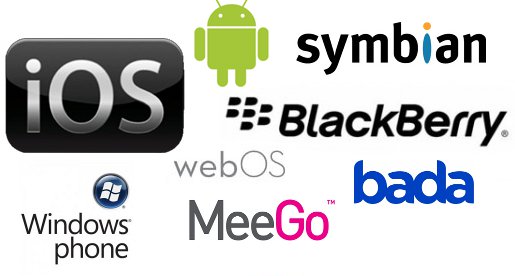| SPECS & Features | |
| What's New? |
A mobile operating system (or mobile OS) is an operating system for smartphones, tablets, or other mobile devices. While computers such as typical laptops are mobile, the operating systems usually used on them are not considered mobile ones, as they were originally designed for desktop computers that historically did not have or need specific mobile features. This distinction is becoming blurred in some newer operating systems that are hybrids made for both uses. The so-called mobile operating systems have majority use as of 2017 (measured by web use); with even only the smartphones running them (excluding tablets) more used than any other kind of device. Mobile operating systems combine features of a personal computer operating system with other features useful for mobile or handheld use; usually including, and most of the following considered essential in modern mobile systems;
By the end of 2016, over 430 million smartphones were sold. 81.7% of them were Android, 17.9% with iOS, 0.3% with Windows Mobile and 0.1% with other OSes. Android alone is more popular than the popular desktop operating system Windows, and in general smartphone use (even without tablets) outnumber desktop use (desktop use, web use, overall is down to 44.9% in the first quarter of 2017). Some of the poplar examples of mobile phone OS include android, iOS, blackberry OS etc. While some of the discontinued ones are Ubuntu, Symbian, MeeGo etc. Mobile devices with mobile communications abilities (e.g., smartphones) contain two mobile operating systems – the main user-facing software platform is supplemented by a second low-level proprietary real-time operating system which operates the radio and other hardware. Research has shown that these low-level systems may contain a range of security vulnerabilities permitting malicious base stations to gain high levels of control over the mobile device. (Visited 1,234 times, 1 visits today)
|
Mobile operating system:: Mobile OS










No comments!
There are no comments yet, but you can be first to comment this article.